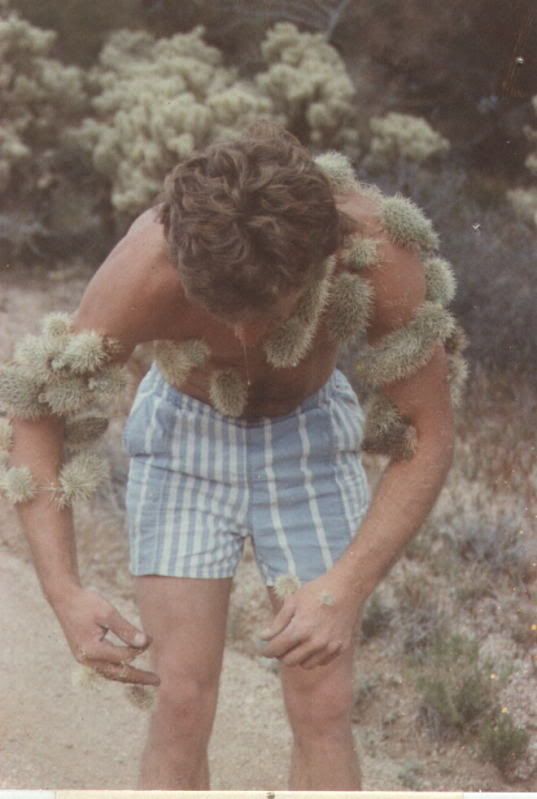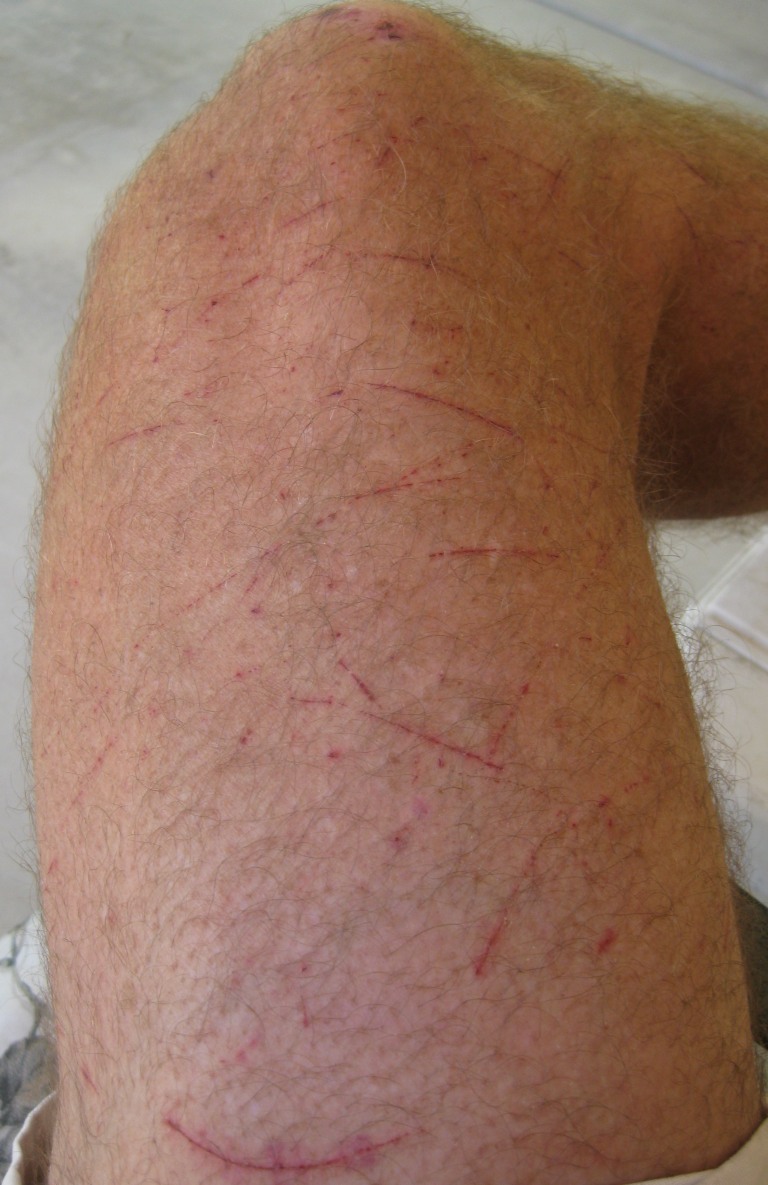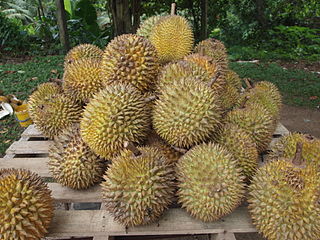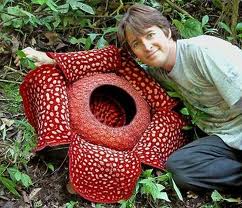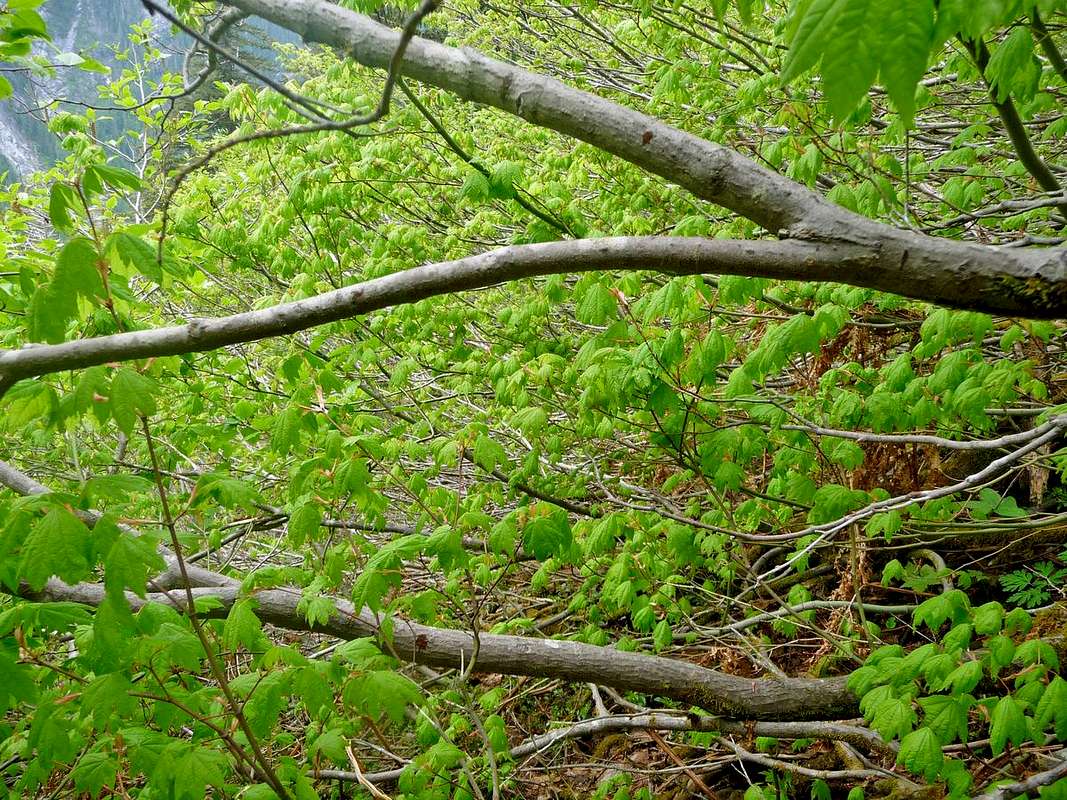There are peaks in zion where the manzanita is so thick, it stops you dead in your tracks.
In desert terrains, any gully that has perennial streams may be choked with brush so think that you climb onto any less miserable terrain for surcease.
+1. I'm from the Pacific Northwest, but I can honestly say that often times the desert is far worse. Most canyons with perennial streams are choked with vegetation, but if you are confined to the canyon by steep cliffs this is a huge hindrance (even if the above canyon rims, slickrock and desert is easy walking).
Away from the streams though, it usually isn’t as much a problem, but when there is thick vegetation, it is usually in the thorny variety.
The forested areas an jungles have by far more bushwhacking, but when you are bushwhacking in the desert, it is usually worse.
Don’t forget about poison ivy as being an obstacle, if you are very sensitive to it. It also is an obstacle in desert canyons, but in many other areas as well. Missouri was the worse.
